TAKE A PEEK AT THE INTERCONNECTED REALMS OF DESIGN, TECHNOLOGY, AND BUSINESS PRACTICES WITH THE CONVERSATION WITH IRIS PAN, AN ARTIST, TECHNOLOGIST, AND ALSO LEAD DESIGNER OF AMAZON
TEXT: NATHATAI TANGCHADAKORN
PHOTO COURTESY OF IRIS PAN EXCEPT AS NOTED
(For Thai, press here)
Throughout history, the pace of technological innovation has accelerated dramatically. Designers from ten years prior might have found it difficult to imagine working today. However, while the tools have changed, more devices and software have been added, and the users of our creations are still humans. Thus, in the end, no matter how many factors flood into everyone’s design process, the primary focus must always be on ourselves, humans.
However, multidisciplinary design is still a sought-after skill, as we develop more cutting-edge technologies, the demands placed upon designers grow further. So, getting to know Xiaobi Iris Pan, the lead designer of Amazon, a well-known global e-commerce platform and technology company, was very interesting for art4d. Pan also describes herself as an artist and technologist.
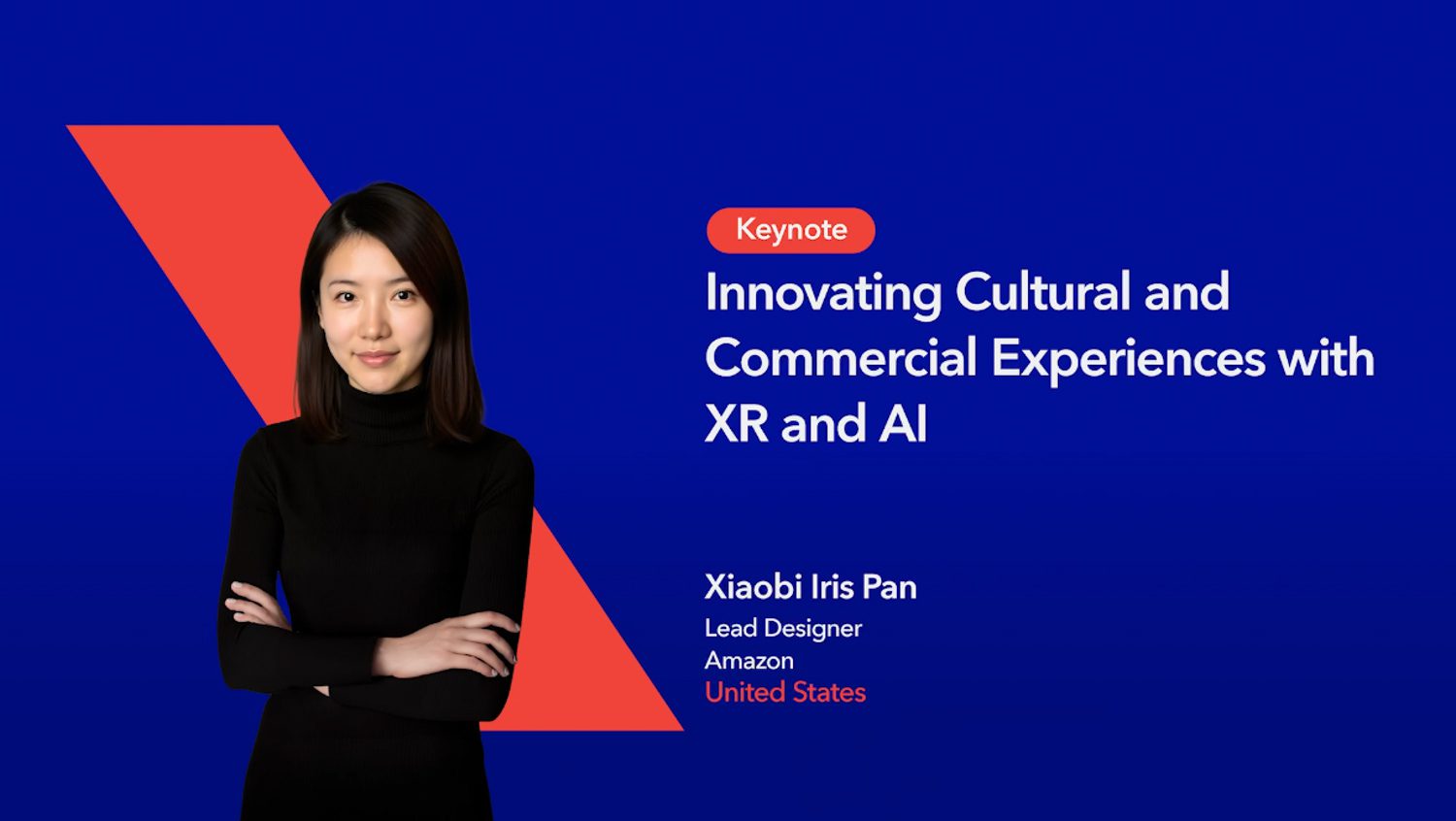
Iris Pan | Photo courtesy of HK BODW
Pan was one of the speakers at the Business of Design Week 2024, which took place from December 2 to 7, 2024, at the Hong Kong Convention & Exhibition Centre. She addressed the theme of ‘Innovating Customer Engagement: XR, AI, and Future Storytelling’ during one of the more than 40 varied sessions at the event. Her experiences encompass and reveal the interconnected realms of design, technology, and business practices.
art4d: As an artist and technologist working at the intersection of art, technology, and design, could you describe your work a little bit more?
Iris Pan: My work experiments with emerging technologies such as XR, AI, and speculative design aims to create first-of-its-kind experiences and ‘beings’ that bridge the digital world with the physical. What I am really passionate about is exploring the transformative potential of emerging technologies to create meaningful and immersive experiences. In these experiences, I blend storytelling, interactivity, and innovation to address societal issues, spark empathy, and inspire new ways of thinking.
For example, in my recent project, GatheredCloths VR, I use virtual reality to raise awareness about global textile waste, offering participants an embodied experience where they get fully immersed in a textile wasteland in order to foster a deeper connection to the issue. Beyond that, this VR experience is paired with a tangible textile installation to give participants the opportunity to touch, feel, and immerse themselves in the textures, allowing for a deeper emotional connection through this kind of ‘physical + digital’ experience duet.
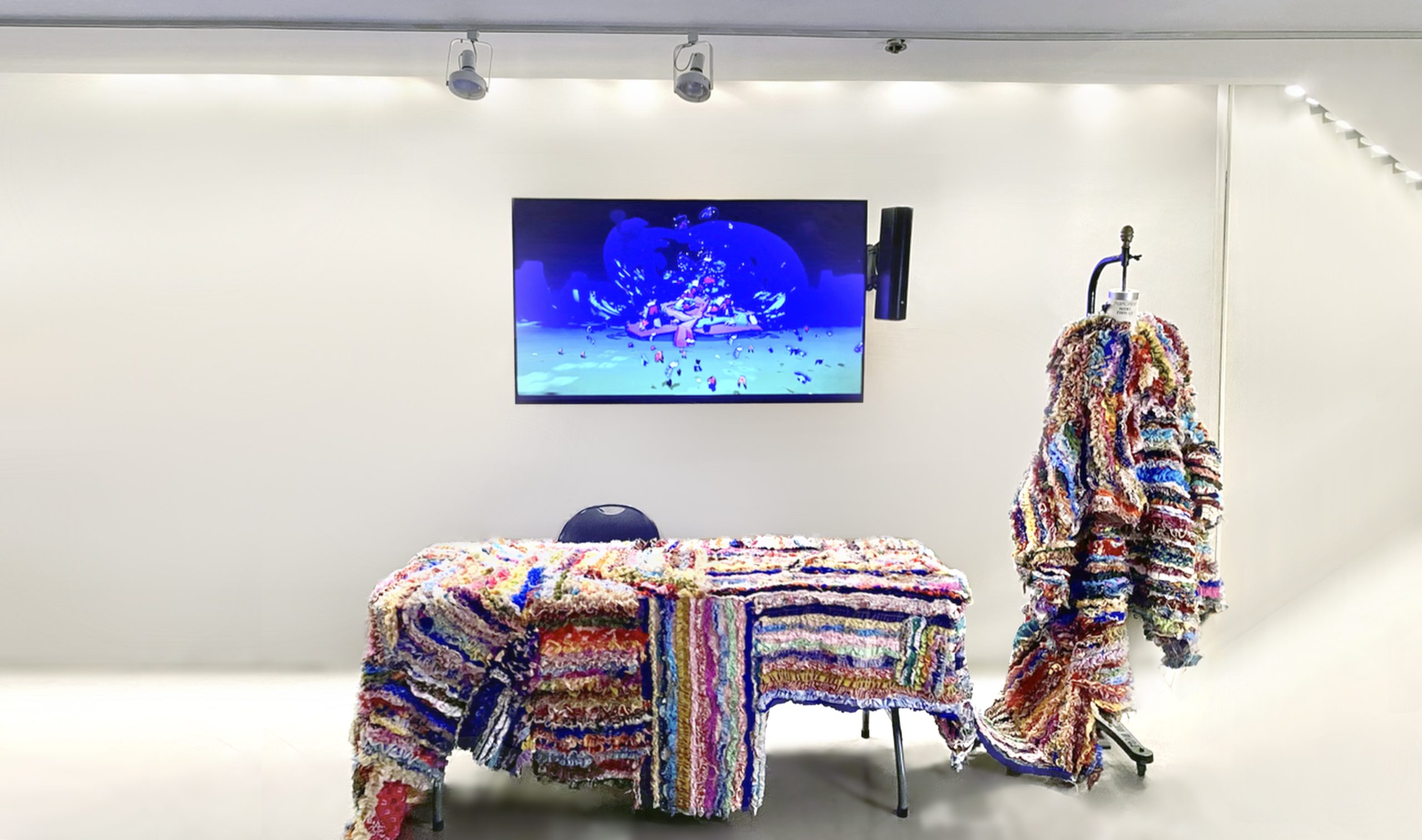
GatheredCloths VR
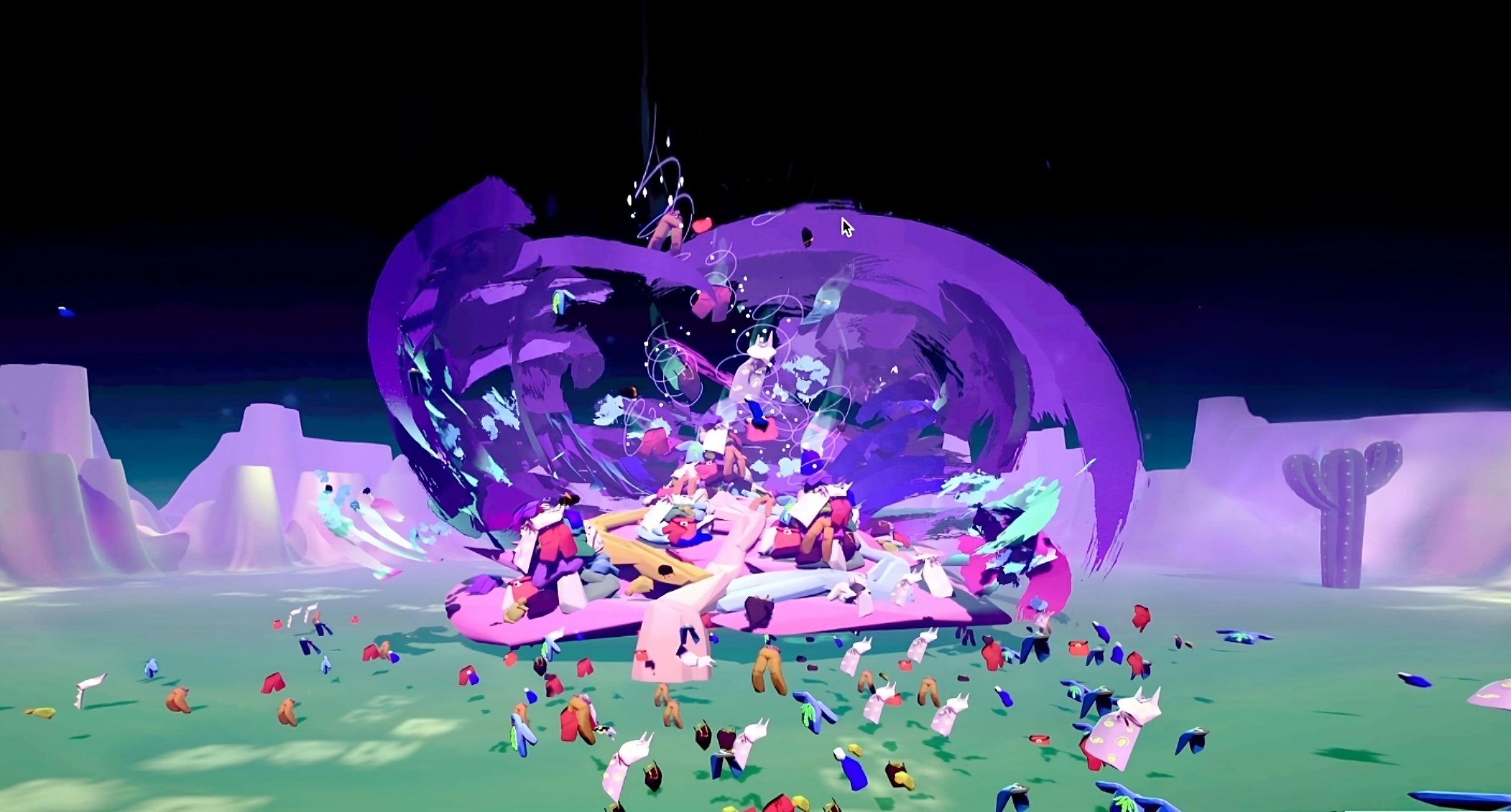
GatheredCloths VR
Another such example is my invention, Love Cassette, back in 2015. Love Cassette is an interactive installation that encourages people to express their love. It can hear one’s love message, and turn it into a sound-wave postcard as well as a bespoke sound-wave necklace on the spot. Love Cassette is not only a lovely installation designed to add sweetness to our lives but also a self-sustaining business system, achieving both business and social impact on a large scale. Each interaction generates a unique online webpage that can be shared on social media, creating yet another layer of marketing effect.
The success of Love Cassette demonstrates how technology can transform storytelling and foster human connection and how human-centered design can create universally appealing new technology products and experiences that both serve businesses and social good. To summarize, my design approach is rooted in empathy and driven by a desire to push creative boundaries while remaining mindful of the universal appeal and accessibility of my designs. Ultimately, my work aims to create a bridge between technology and human experience, transforming abstract concepts into visceral, memorable encounters. To me, technology is just the means to an end. The purpose of playing with emerging technologies is to invent meaningful experiences for cultural preservation, business value-creating, and social innovation.
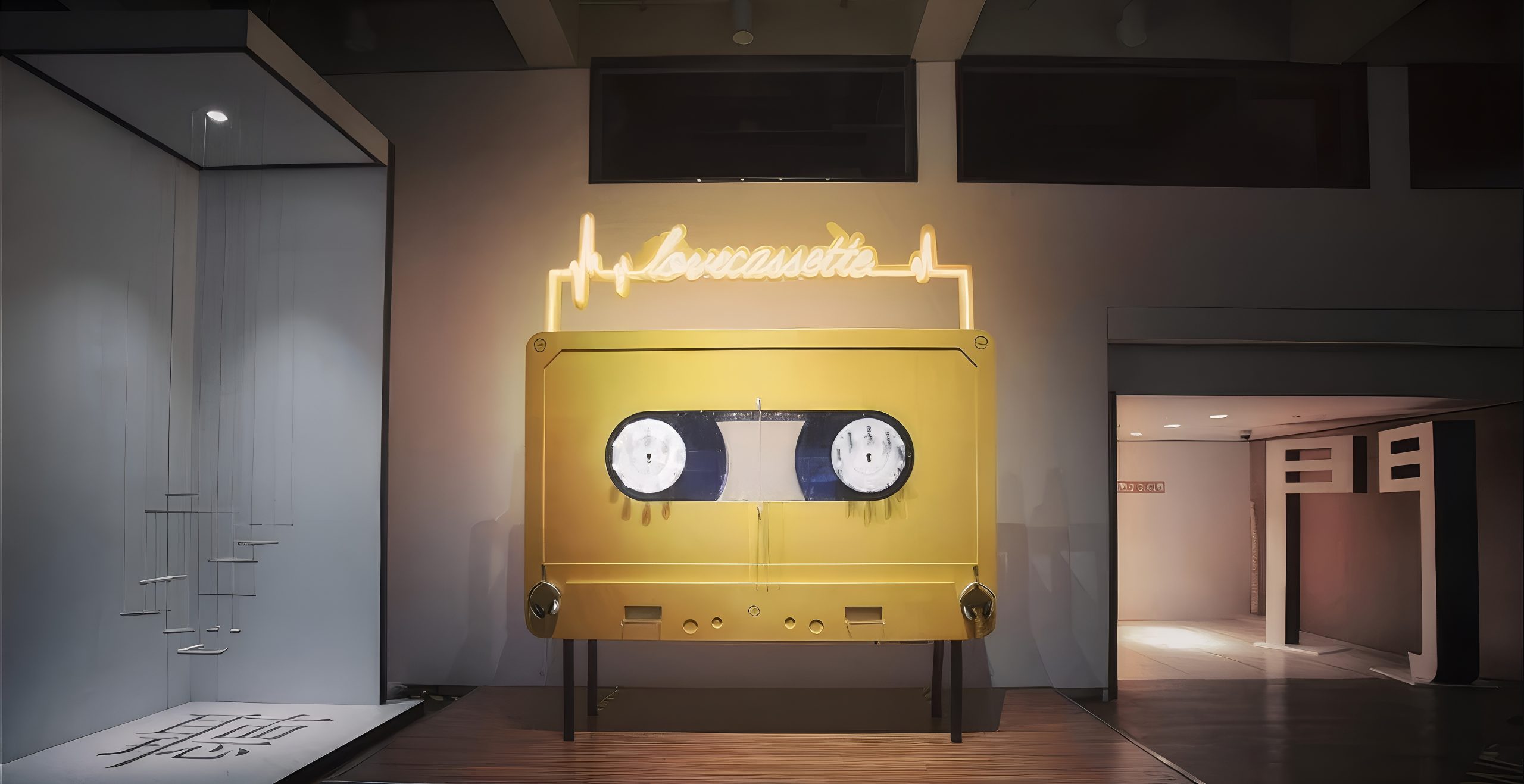
Love Cassette
art4d: How do technology and artwork work together in business? What kind of event should BODW try to support besides exhibition and speaking events?
IP: Technology and artwork can harmoniously intersect in the business world to create impactful, innovative solutions. A great example is my project, Love Cassette, as previously explained. This project illustrates how technology can serve as a means to an end. Emerging technologies like XR and AI are incredibly powerful tools that can assist in the creative process. At the same time, they allow us to solve business problems effectively, whether it’s through enhancing customer engagement, streamlining processes, or opening new revenue streams.
Ultimately, I believe the key is to balance technological innovation with artistic expression, ensuring that both serve a clear purpose. When used thoughtfully, technology and art together can elevate businesses by crafting meaningful connections with audiences while addressing real-world challenges.
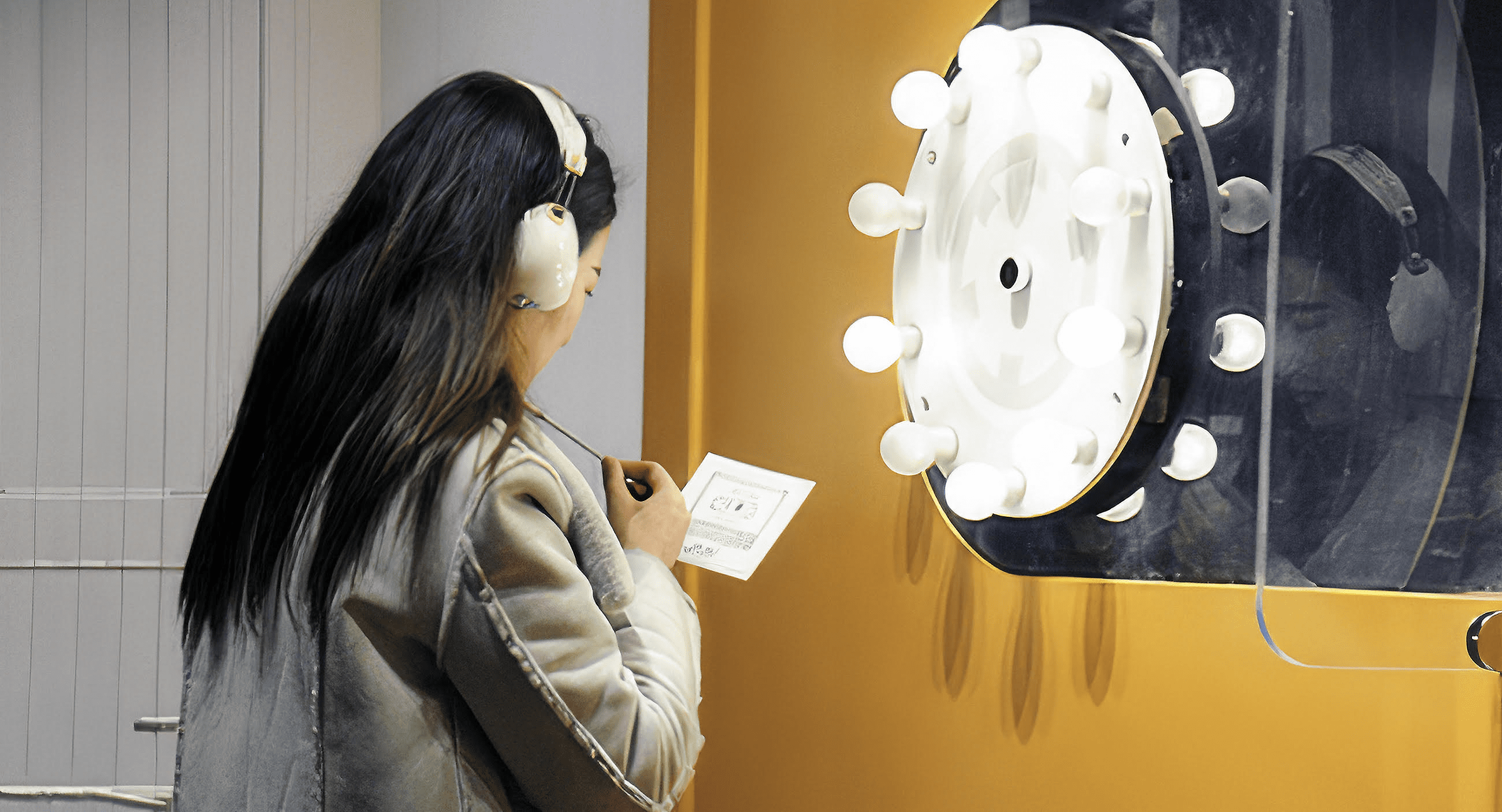
Love Cassette
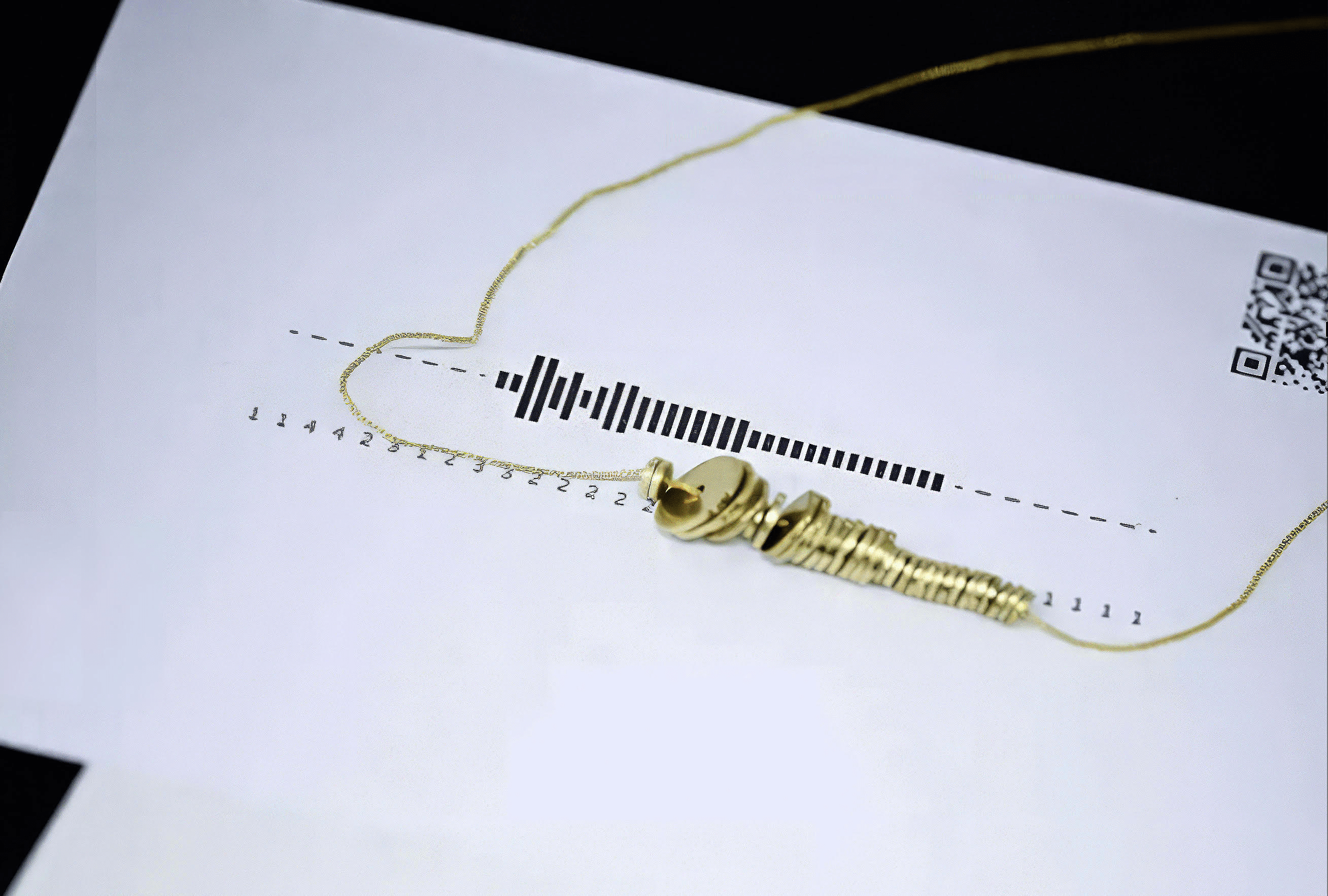
Love Cassette
I hope BODW could support events that are more interactive and community-focused, such as design hackathons and community-engaging design events. These events can help foster hands-on participation and connect design with real-world applications.
In terms of Design Hackathons, they can bring together designers, technologists, business leaders, and other creatives to solve pressing challenges within a set timeframe. The themes could be tied to global issues like sustainability, inclusivity, or technological innovation, allowing participants to create impactful prototypes and solutions.
As for Community-Engaging Design Events, I believe it would be meaningful to organize events where designers work directly with local communities to co-create solutions that address specific needs. For instance, designing urban spaces, public art installations, or everyday products based on the unique cultural and social context of the community.
In particular, we can have those ‘Design With and For’ Initiatives that focus on empowering local communities by involving them in the design process so that we can ensure the design process, as well as its result, is rooted in the community and resonates with the people who actually need it the most.
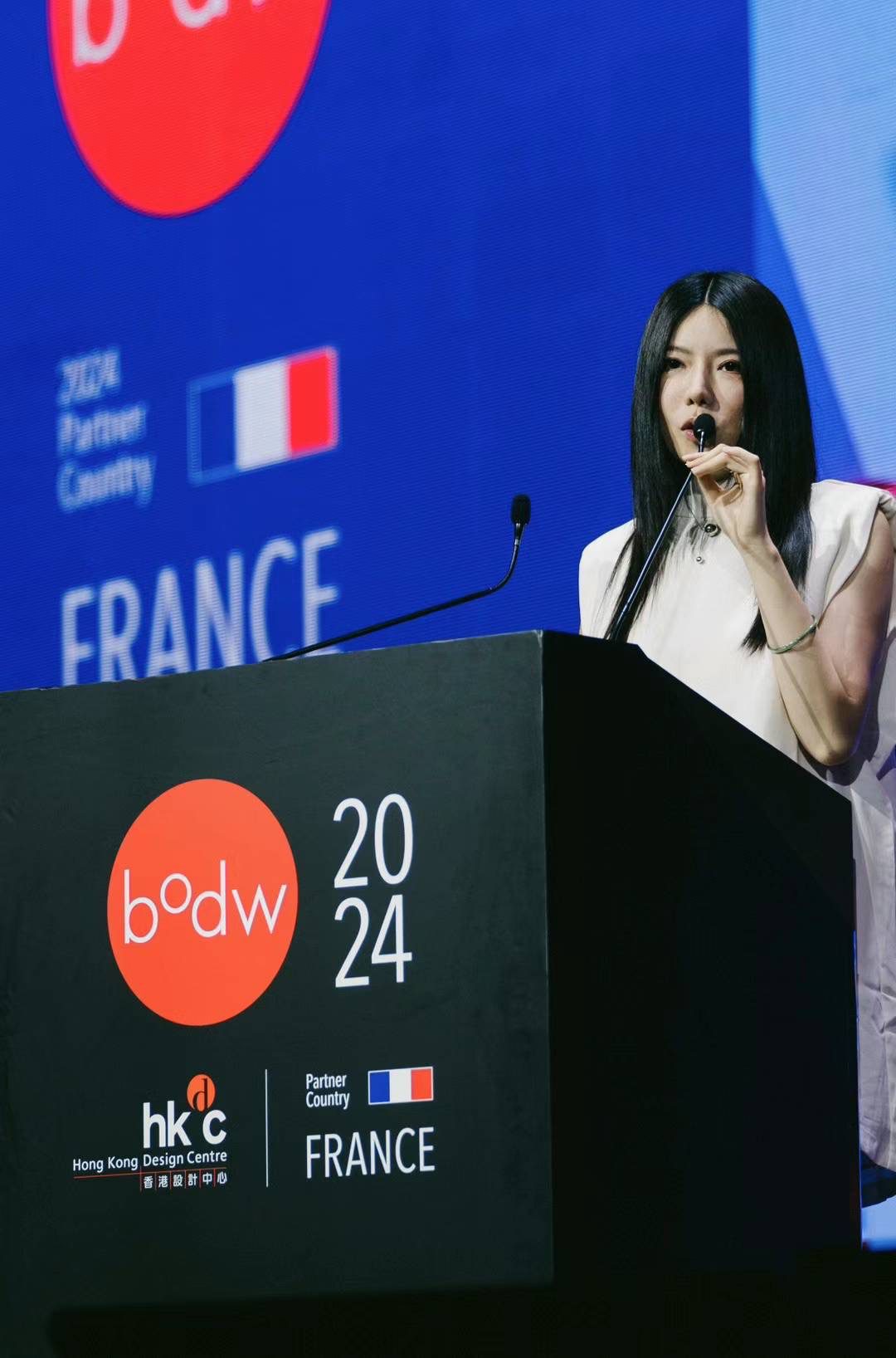
Photo courtesy of HK BODW
art4d: Could you tell us about the project that you’re currently working on?
IP: As aforementioned, one of the projects I’m still working on is GatheredCloths VR, which is an immersive + tangible experience aimed at raising awareness about global textile waste in the fashion industry. Right now, I’m focused on refining the project further by adding more nuanced interactions to the experience. I want participants to feel even more connected and empowered as they engage with the narrative. Additionally, I’m planning to showcase GatheredCloths VR at more exhibitions worldwide, hoping to spark meaningful conversations and inspire action on a global scale. I’m also collaborating with other artists and technologists to explore new dimensions of the project.
The second project I’m working on right now is VR.SH. It’s an experiment to reinterpret Chinese traditional poetry as well as Russian traditional poetry into immersive audio-visual experiences using Virtual Reality and AI technologies. It’s an extension of my previous VR Chinese poetry work ‘Poeceptible’ and a collaboration with Russian artist and poet Stan Lauk.
These two tech+art projects are my primary focus right now. I’m looking for museums, art spaces, or other venues interested in exhibiting these works. So, if anyone who is reading this is interested in hosting these exhibitions, please don’t hesitate to contact me.
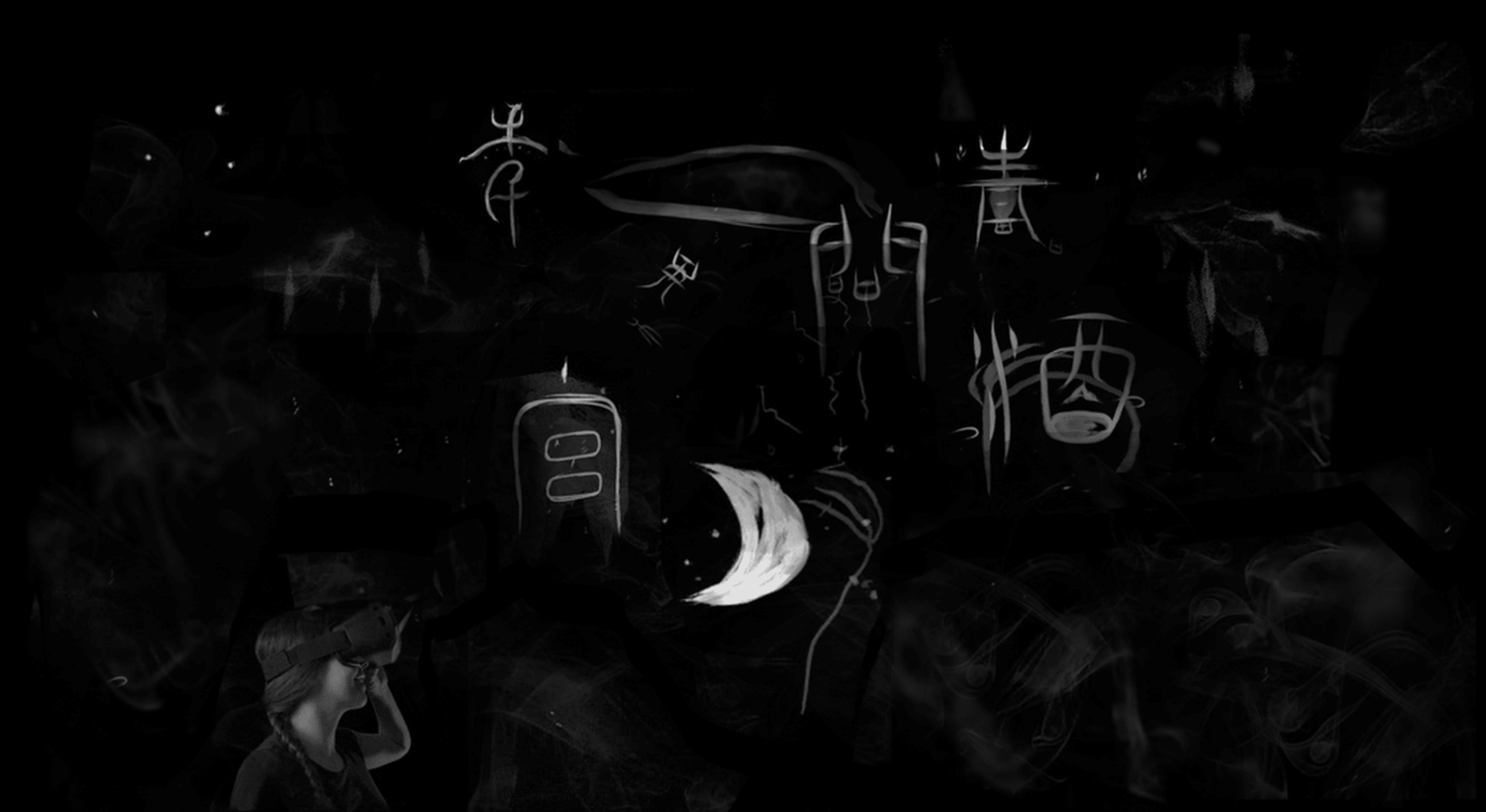
Poeceptible
art4d: What’s the origin story of your working in Silicon Valley and Amazon?
IP: It all started in 2017 when I decided to pursue a Master in Design Studies (MDes Technology) degree at Harvard Graduate School of Design. During my studies, I became deeply interested in the field of XR (extended realities) and have been exploring the use and design implications of XR technology ever since.
After graduation, I moved to New York and worked at Mastercard’s Innovation Labs for a few years. There, I focused on XR shopping projects, exploring how extended reality could redefine consumer experiences. Then, Amazon reached out, and I saw it as a perfect opportunity to continue working with XR and other emerging technologies on a larger scale in the consumer space. So, I made the move to Silicon Valley and never regretted that.
My work at Amazon has been very challenging yet exciting. On a daily basis, I have to think about how to use XR technology to innovate the consumer experience, design useful products for our consumers around the globe, while navigating the gigantic Amazon ecosystem gracefully and making sure the products I design function in coherence with all the other Amazon products and features. It’s innovation on a larger scale and with more complexity.
Right now, my focus at Amazon has been trying to elevate our one-of-its-kind View in Your Room AR shopping experience so our customers can use their phones to visualize and virtually engage with all kinds of products at their homes or other spaces in a delightful way. By using AR technology in a meaningful way, we help our customers make better purchase decisions and reduce potential returns, which, in turn, lowers their carbon footprint when shopping on Amazon.
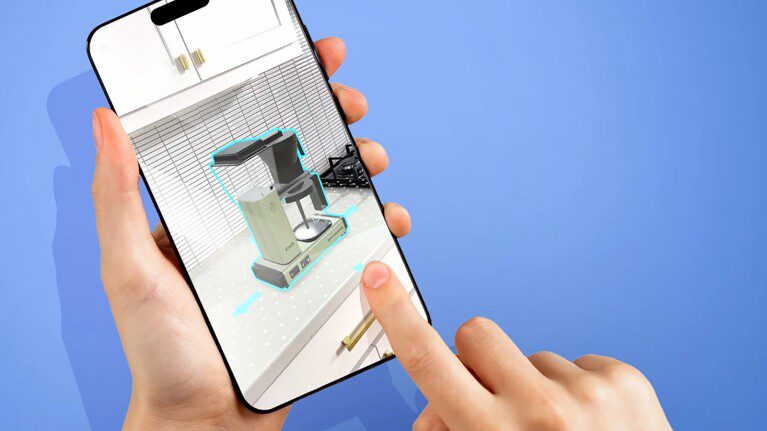
Amazon View in Your Room AR Shopping
art4d: Which stage of the design process do you like the most?
IP: I love the ideation part of the creative process the most. It’s that magical moment when ambiguity turns into clarity. There’s a certain thrill in connecting seemingly unrelated dots, bringing together disparate ideas to form something entirely new and unique. This stage is like a playground for the mind, where imagination and logic dance together to create innovative solutions.
I’m usually in a state of excitement and restlessness until when the dots are connected, and I feel the inklings of peace and clarity. To me, conceiving ideas is a deeply personal and spiritual experience.
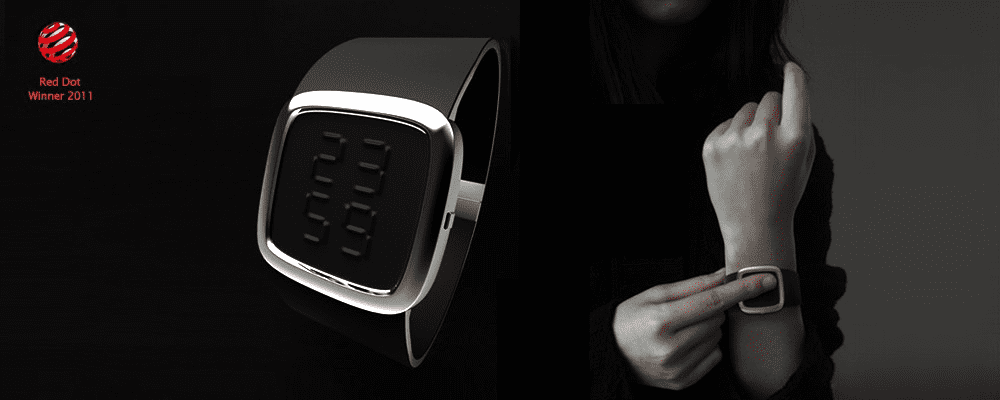
±8 Watch
art4d: What will happen if technical advancements continue without design knowledge?
IP: If technical advancements continue without integrating design knowledge, we risk creating solutions that may be technically impressive but fail to resonate with or serve people effectively. This is why we must always start with a human-centered design philosophy.
There’s a saying: “If the only tool you have is a hammer, you start to see everything as nails.” If we start with technology as the driving force, we might find ourselves blindly applying it to every problem, regardless of whether it’s the right fit or truly necessary. This approach can lead to overly complicated, disconnected, or even harmful solutions that miss the mark entirely. By starting from the human perspective, we can ensure that experiences and products are shaped with clarity, empathy, and beauty in mind. Design is what brings order and meaning to technology—it allows us to ask the right questions and craft experiences that align with human needs rather than letting technology dictate the direction without purpose. This balance is critical to ensuring that technical advancements are used responsibly and meaningfully to enrich lives.
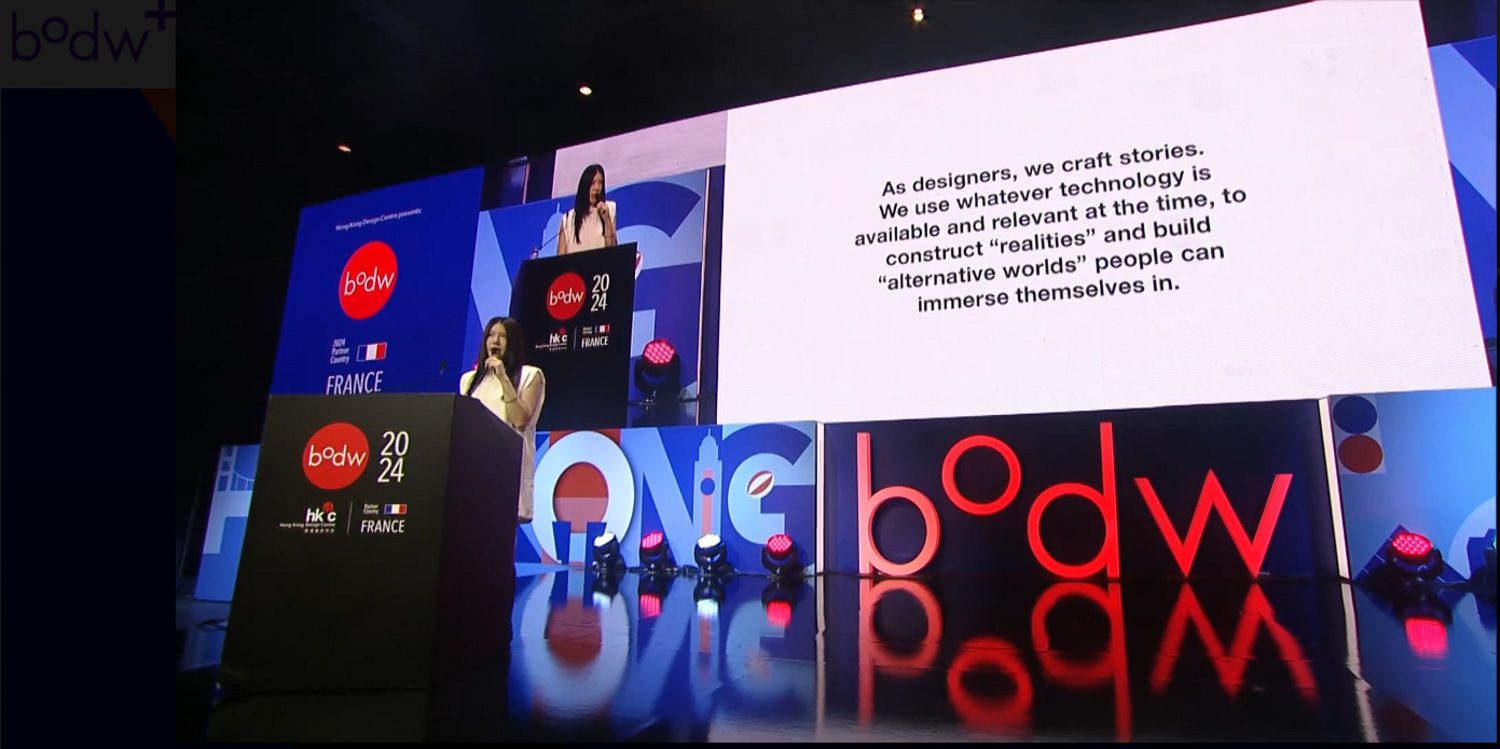
Photo courtesy of HK BODW

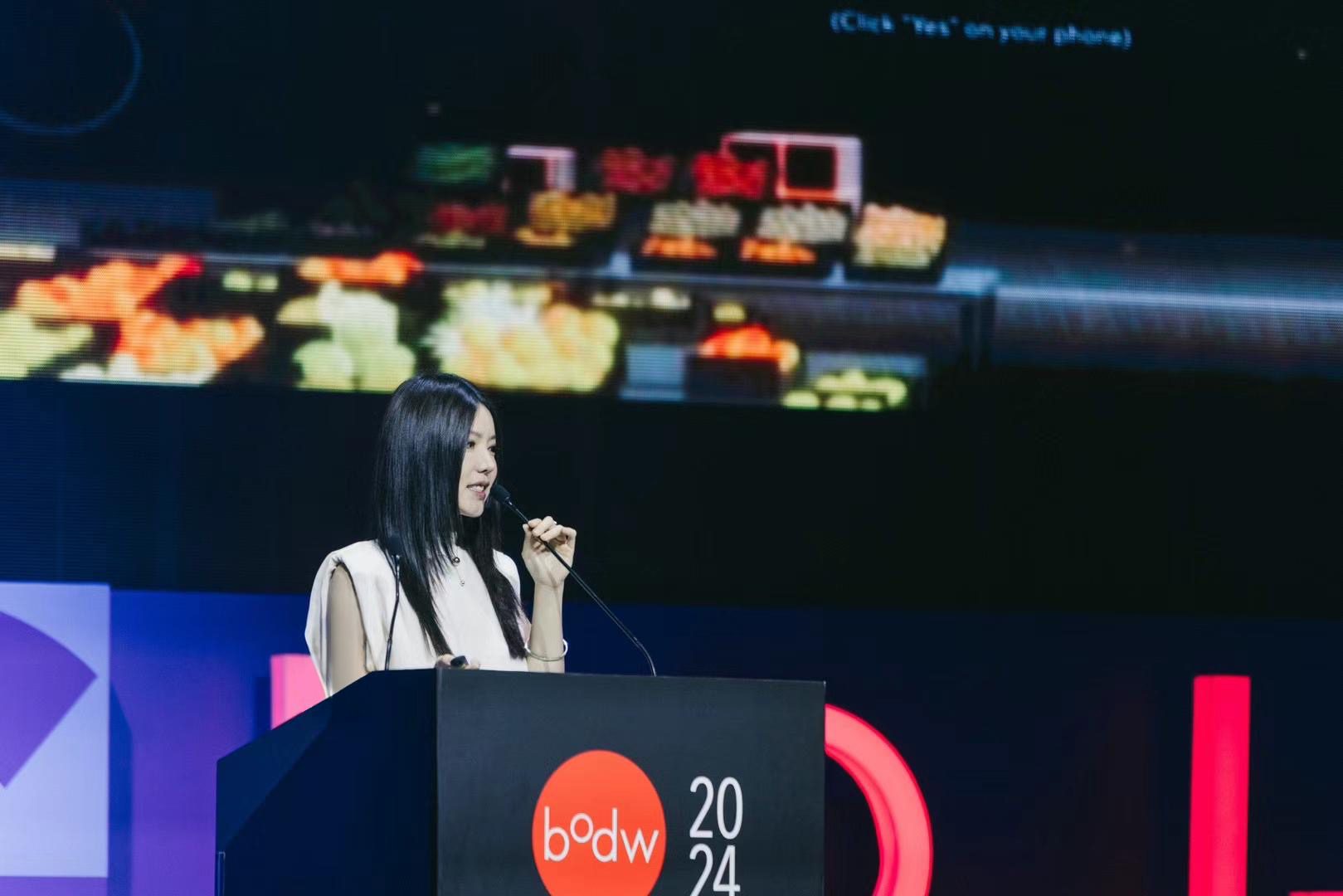 Photo courtesy of HK BODW
Photo courtesy of HK BODW